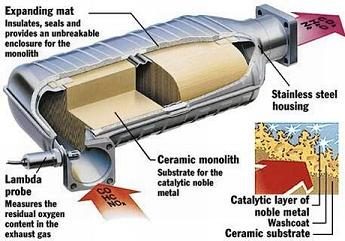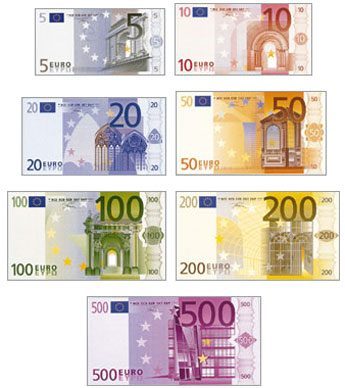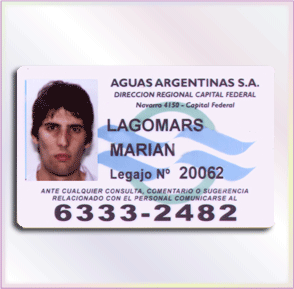 According to the parameters established by the biology, are considered heterotrophs to all living beings that require others to feed themselves, that is, they are not capable of producing their food within their body but must consume elements of nature already constituted as food, already synthesized by other organisms. Among the most prominent heterotrophs, all animals, bacteria and humans stand out.
According to the parameters established by the biology, are considered heterotrophs to all living beings that require others to feed themselves, that is, they are not capable of producing their food within their body but must consume elements of nature already constituted as food, already synthesized by other organisms. Among the most prominent heterotrophs, all animals, bacteria and humans stand out.
The term heterotroph comes from Greek, a language in which the prefix hetero means different and trophos means feeding. In this way, the heterotroph is one that feeds on elements other than one, which takes elements from nature, from the space that surrounds it to feed itself. While beings autotrophs They have the ability to synthesize inorganic elements such as light, water, carbon dioxide and convert them into food; Heterotrophic beings do not have that capacity, so they must consume plants (in the case that they are herbivores) or animals that have already consumed those plants (that is, in the case that they are carnivores). In other words, animals and humans always need to feed on other living beings, they could never do so only on inorganic elements such as water.
Heterotrophic nutrition
Heterotrophic nutrition is carried out when the cell consumes organic matter already formed, that is, in this type of nutrition and unlike autotrophic, there is no transformation of inorganic into organic matter and this is precisely its salient and fundamental characteristic.
Now, this type of nutrition will allow the transformation of food into its own cellular material.
Heterotrophic beings are the most abundant on planet Earth since this term applies to all animal species, including humans. Heterotrophic beings can be the second, third and even fourth link in the food chain in which autotrophic beings are always the first. This speaks to us of a permanent predominance of heterotrophic beings that nevertheless need the consumption of plants or their prior synthesis by other animals.
Autotrophs: reverse side and vital reason
Opposites of heterotrophic organisms are autotrophs, that is, those that can synthesize inorganic substances such as light and turn it into food within their own body. The autotrophic beings par excellence are plants.
That is, autotrophic organisms are capable of synthesizing all the most important substances for their metabolism starting from inorganic substances, that is, their nutrition will not need at all from other living beings as occurs with heterotrophs, this being their main difference.
Meanwhile, this type of organism produces its cell mass and organic matter through carbon dioxide, which is also an inorganic substance, being the only source of carbon and using light or other chemical substances as the source of energy.
On the other hand, autotrophs constitute a very important link in the food chain because they absorb solar energy or other inorganic sources such as carbon dioxide and convert it into organic molecules that are used to develop various biological functions, personal cell growth and that of others. heterotrophic living beings that use them as food.
Heterotrophs such as animals, fungi, bacteria and protozoa are dependent on autotrophs because they take their energy and the matter they have in order to produce complex molecules. Even carnivorous animals are dependent on the autotrophs they eat because the energy they get from their prey comes from the autotrophs that have eaten them.









